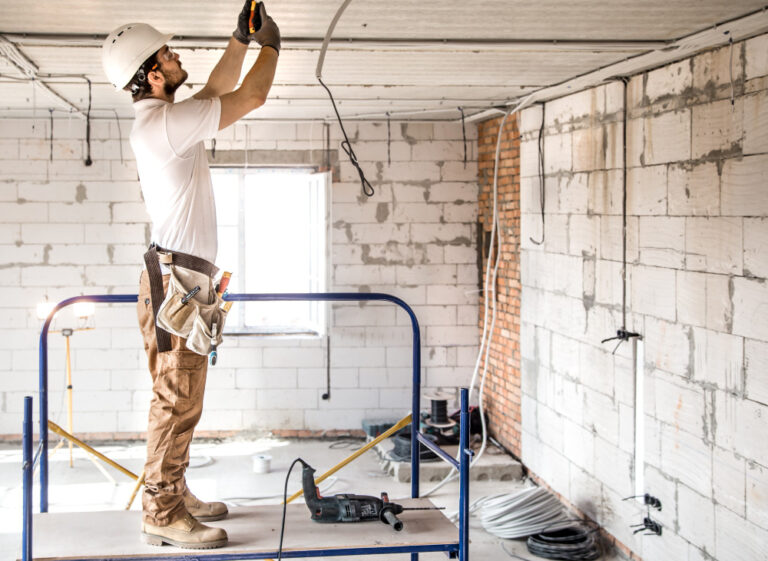Have you ever wondered about the mysteries that keep the pyramids of ancient cultures around the planet? The buildings built by ancient civilizations divided into space and time, with their communication between each other practically impossible. The similarities between them are impressive; however, it is possible to see some small differences in their proportions. For example, those of Egypt are flat and those of Mexico are staggered. And this aspect is something to dig into – why would they construct this with different patterns? I did not know that there was plenty of information in one part of the world.
Investigating a bit on the issue of construction proportions, it turns out that in Mexico, the Mayan culture based its construction on a pattern found in nature. Yes, in nature. This pattern is embodied in the skin of a rattlesnake that inhabits the Yucatan region of Mexico. The pattern forms a quadratic vertex called “CANAMAYTE,” and the Mayans who are from that Mexico region used it as a template for the construction of various arts such as architecture, sculpture, astronomies, textiles, and ceramics.
That is one of the most important differences between Mayan pyramids and the rest of the world. This was discovered by Yucatecan archaeologist and journalist José Díaz Bolio and wrote several books about it since 1955. This is directly in contrast to the European adoption of the “Golden Ratio,” also named golden proportion, golden number, or golden section, for adoption in mathematics, architecture, art, music, and European fine arts. Here could be the aesthetic difference between the European and Mesoamerican proportions, where we notice the same constructions but visible differences. The most interesting thing is that both proportions come from nature.
Regarding art, there is an artistic proposal in Mexico to retake the Mayan sacred pattern of the rattlesnake used in the pyramids, so that it can be applied again to the fine arts of our day. The promoter of this movement is the Mexican plastic artist Javier López Pastrana, who founded a new style called NeoCrotalic Art, in 2003, where “Neo” stands for new and Crotalic from “crotalus” that stands for rattlesnake in Latin language.
His proposal to incorporate the “Canamayte” rules of proportions into fine arts nowadays opens a new world to explore for new forms and techniques that were not available in the past. Some examples have been made by the artist in most of his artwork using oil and resin on canvas, and the result is impressive and beautiful that can bring us joy and transmit the vivid world of colors of ancient cultures that disappeared without leaving a written trace.
An additional detail to consider is that not only rules of proportions are placed on the NeoCrotalic art but also themes and expressions for different topics. Addressing social issues such as migration, the nuclear explosion in Chernobyl, even more specialized topics such as DNA and RNA, trees of life, Genesis, etc.
This trend can give Mexican art a new position in the world again, refreshing a new cycle of Renaissance ethyl of our days. It can make a substantial impact in the world of fine arts.






